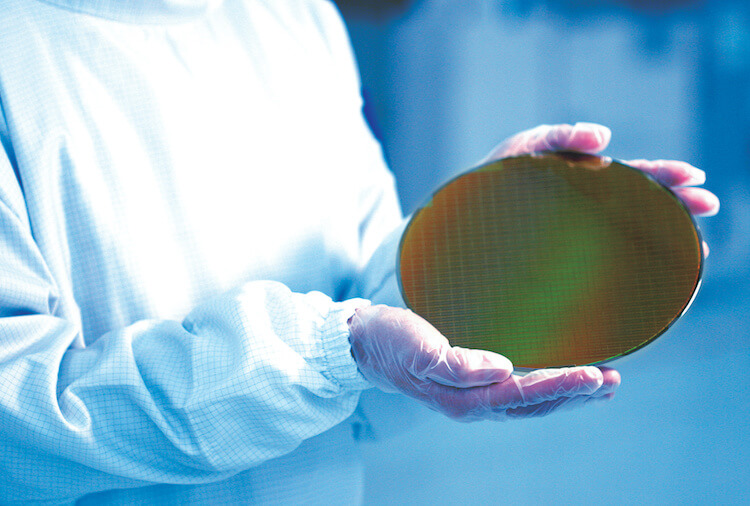Samsung is about to introduce a revolutionary new method of manufacturing processors. It will have a circular pattern. She will be better known as GAA. This will be a truly revolutionary development, which will greatly surpass everything that we currently have. But working on a new product will bring a lot of problems for the company at the first stage. Let’s see if a new revolutionary processor can be a problem for its creator and what is the general principle of this unprecedented miracle of technology that awaits us.
Samsung is preparing a new type of processor.
New Samsung Processor
As you may have guessed, the main problem with the new processor will be the low output. That is, they will not be able to do a lot. This could further contribute to the chip shortage that the world has been facing for the past few years.
This is stated in the report Korea Business Post (through SamMobile). Samsung Electronics, Samsung’s electronics division, which is separate from the mobile division that makes Galaxy phones, usually has contracts with companies like Qualcomm. In addition, she has her own line of Exynos processors. Samsung Electronics is likely to produce next-generation Snapdragon and Exynos processors based on the new 3nm GAA process if it can increase production numbers.
Click here! This is our Yandex Zen
What is GAA
Current generation processors built on finFET technology, which uses electronic bundles on three of the four sides of a tiny channel inside the processor. GAA changes this by covering all four sides. It sounds a bit incomprehensible, but what is much more interesting is that at the output we get the opportunity increase processor density by 1.35 times.

GAA is when it is.
If it is already difficult to perceive, then it is argued that this will lead to 35% productivity improvement at the same power level. Therefore, allows the processor to consume 50% less energythan in the previous generation. That is, by choosing a certain balance, we will get faster and less battery-demanding devices.
Samsung vs Qualcomm processors
All the best Android phones at the moment are equipped with Qualcomm Snapdragon processors, and this may mean that Samsung Exynos processors will again give way to the next generation of the American counterpart. As they say, it will be built on the same 3nm technology. This processor is likely to be called Snapdragon 8 Gen2. It is this name that would be most logical after Snapdragon 8 Gen 1, released last year. It runs the American versions of the Galaxy S22 line and some other smartphones in full force.
Previously, we have seen Samsung Electronics have had issues with processor production from time to time. They were of various kinds. In particular, sometimes they were about performance, sometimes cost, and sometimes both.
Samsung снизила цены из-за замедления смартфонов и побила рекорд продаж.
Who will make the best processors
If Samsung can’t make a decent 3nm processor in time for its upcoming transition to next-gen chips, it’s likely that history could repeat itself. In this case, the company will lose a major client, and chipsets for Qualcomm will be made at TSMC factories.

Processor production looks like this.
But that’s not the best option, for Qualcomm and for all of us. The downside to this choice is that TSMC is still using finFET for their 3nm process, meaning that Samsung Electronics processors, built on the basis of GAA, can be significantly faster than their counterparts next year. The main thing is to do everything right.
It can even be said that if the advantages described are realized, many users will be willing to overpay for such a device. For example, I am ready to receive a few extra hours, a smartphone with the same performance, paying for it 5-10% of the cost of the device. Well, if the difference is higher, you should immediately look at how good the smartphone will be as a whole. What do you think about this? Willing to overpay for autonomy and / or performance.
The post Samsung is preparing a revolutionary processor, but it may get problems appeared first on Gamingsym.
